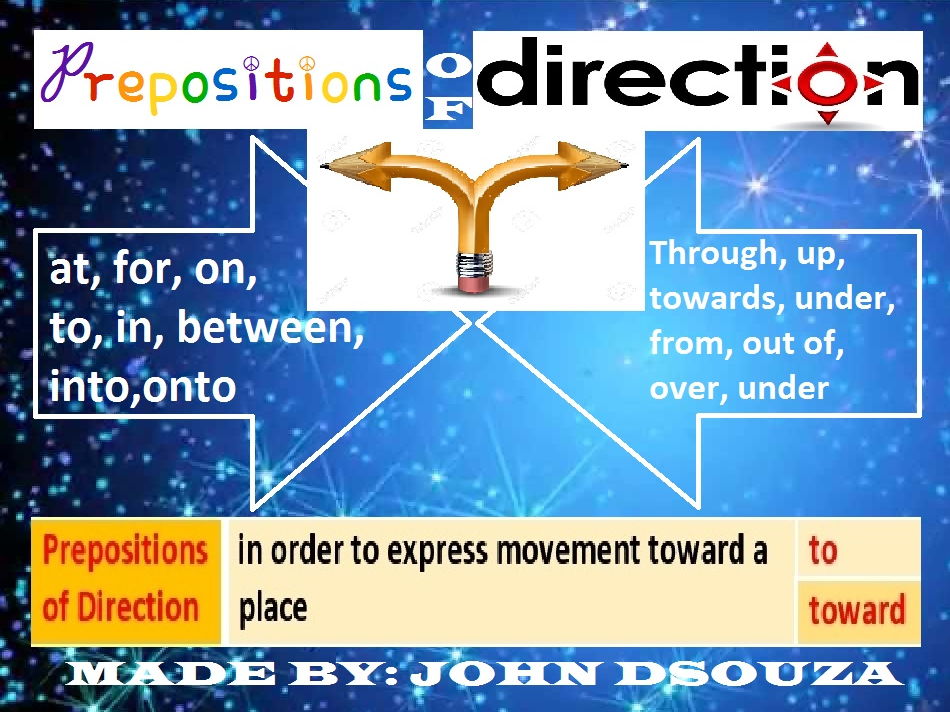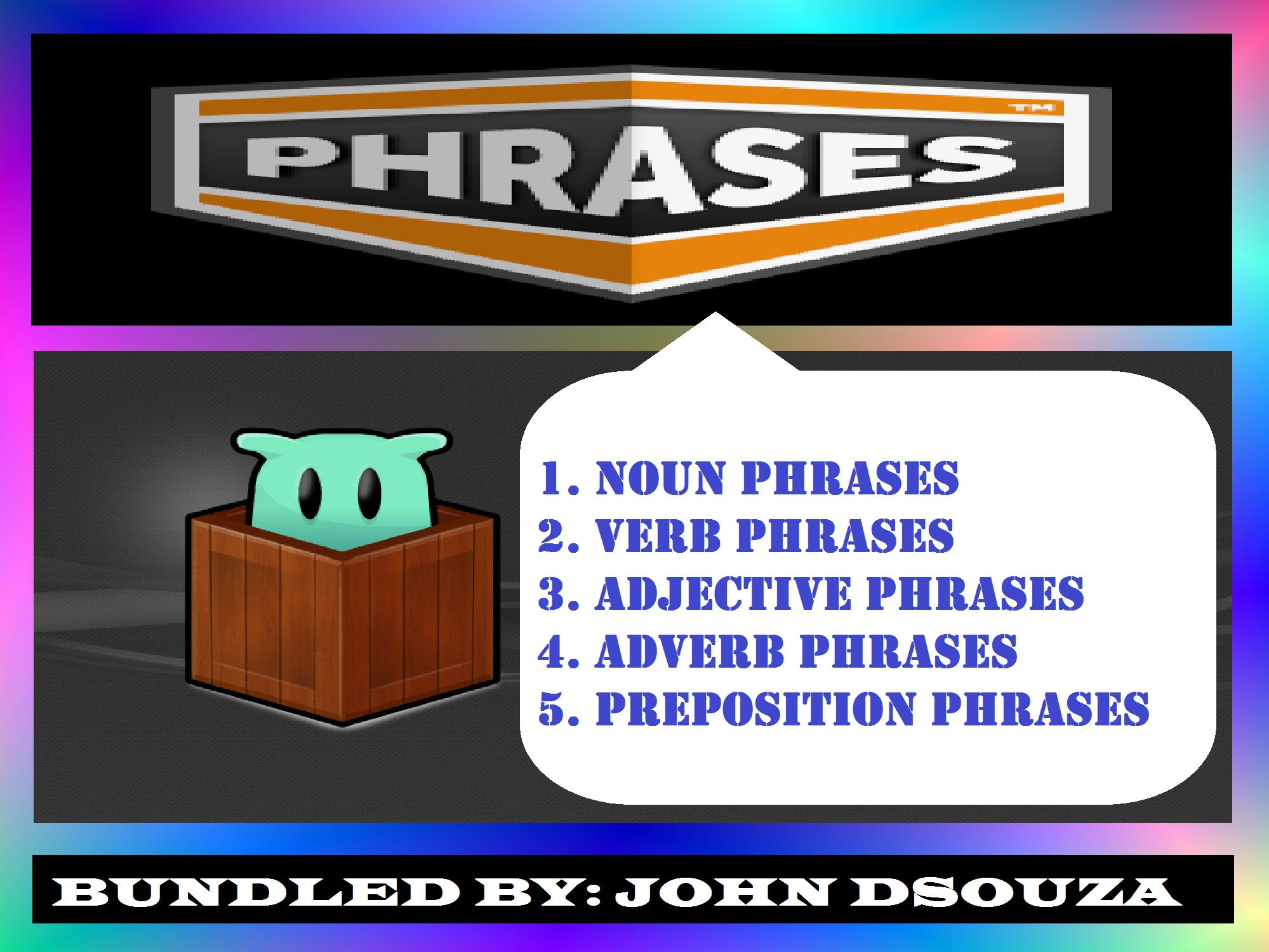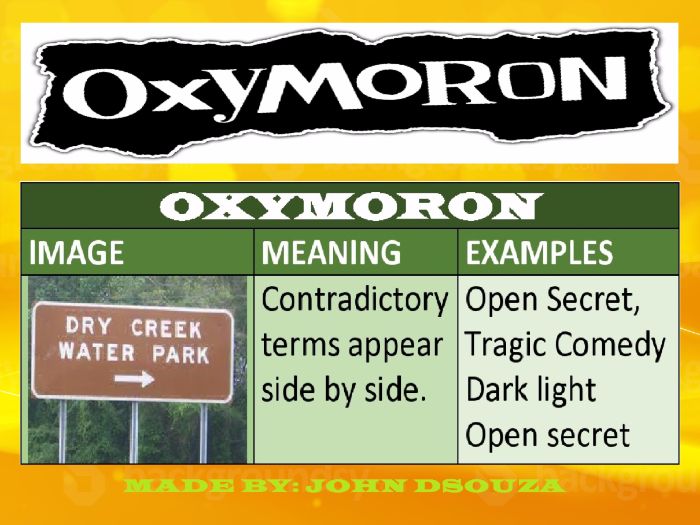JOHN'S EDU-MARKET
JOHN’S EDU MARKET stands out for its unique share of resources and information. Teachers can use these resources to support students as they include well-formulated lesson plans, carefully designed support material, and well-planned worksheets. This platform aims at bringing "Tomorrow's lessons to today's classroom, and today's lessons to a classroom now". The Teacher-Author of this platform is an English graduate, associated with Gems Education as a Subject Leader of English.





















